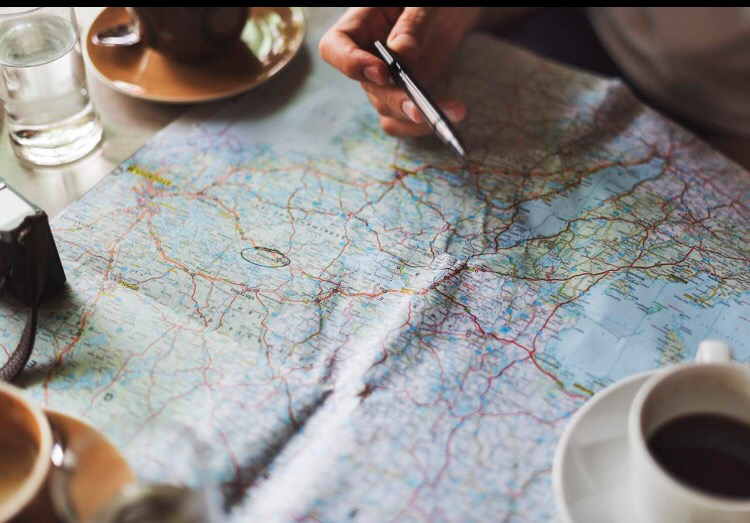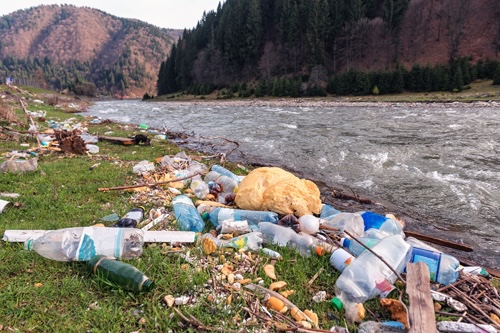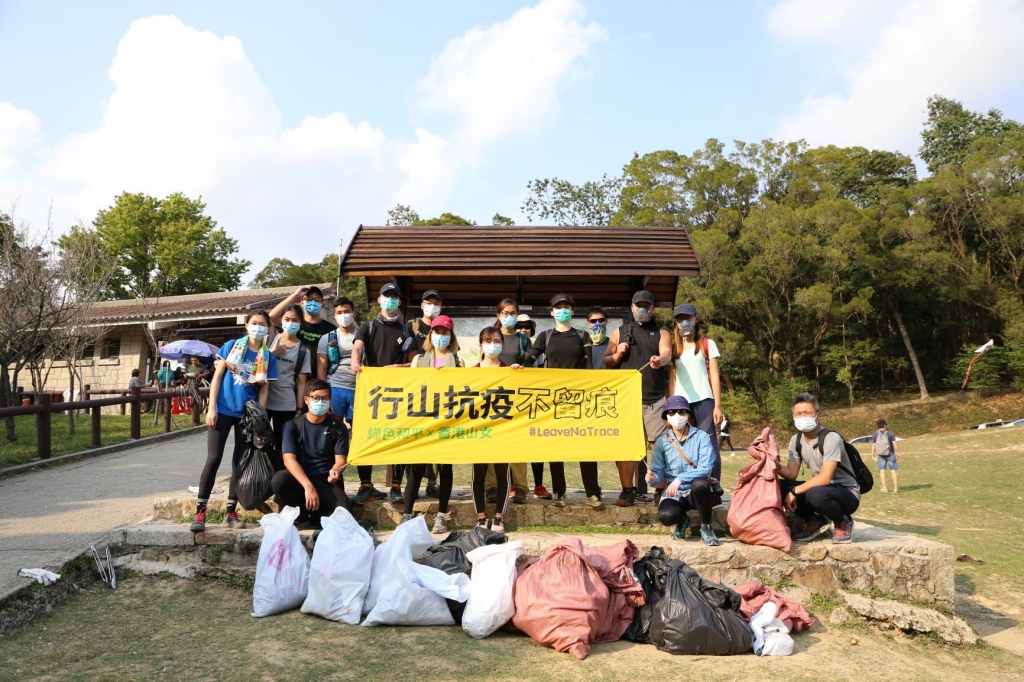Plastic pollution is a pressing issue that is affecting the environment globally. It has become a ubiquitous material and has infiltrated almost every ecosystem, including mountains. Mountains, with their pristine beauty and fragile ecosystems, are particularly vulnerable to plastic pollution. This is a serious problem that requires immediate attention, as the consequences of plastic pollution in mountains can be far-reaching and devastating.
Plastic pollution is caused by the disposal of plastic waste improperly. Plastic takes hundreds of years to decompose, and during that time, it remains in the environment and harms the wildlife, soil, and water. In mountains, plastic pollution is exacerbated due to the high altitude and low temperatures, which slow down the decomposition process of plastic. Furthermore, plastic waste is not biodegradable, and it does not disappear on its own. Instead, it breaks down into smaller pieces called microplastics that can be ingested by animals and cause severe health issues.
The impact of plastic pollution on mountain ecosystems is significant. Plastic waste can block waterways and harm aquatic animals, disrupt the food chain, and damage the soil. For example, plastic bags can get stuck in waterways and prevent the flow of water, causing flooding and landslides. In addition, plastic waste attracts rodents and other pests that can damage crops, leading to economic loss and food insecurity. Furthermore, plastic waste can interfere with the mating patterns of animals, leading to population decline and species extinction.
Moreover, the tourism industry is an essential source of income for mountain communities, and plastic pollution can harm it significantly. Visitors are attracted to mountains for their natural beauty, but plastic waste can spoil the scenery and create a negative impression. Furthermore, plastic pollution can harm the health of tourists, leading to reduced tourism activities and revenue. Therefore, plastic pollution in mountains can have severe economic consequences for local communities.
The causes of plastic pollution in mountains are similar to those in other areas, but with some unique challenges. The main cause is human behavior, particularly the lack of awareness and poor waste management practices. In mountain areas, waste disposal is challenging due to the steep terrain, lack of infrastructure, and limited resources. As a result, many mountain communities resort to dumping waste in open spaces, rivers, or burning them, which leads to plastic pollution. Furthermore, tourism activities in mountain areas often involve the use of single-use plastic products, such as water bottles and food packaging, which exacerbates the problem.
To tackle plastic pollution in mountains, several actions need to be taken. First and foremost, awareness and education campaigns must be conducted to educate the public about the hazards of plastic waste and encourage proper waste disposal practices. Mountain communities, in collaboration with environmental organizations, can establish waste management systems that are tailored to their specific needs. For example, composting can be used to manage organic waste, while plastic waste can be collected and recycled.
Secondly, the use of single-use plastic products should be discouraged in mountain areas. Tourists should be encouraged to bring their own reusable products, such as water bottles and food containers, instead of relying on single-use plastic products. Additionally, local businesses can offer incentives for customers who bring their reusable products.
Finally, there is a need for policy interventions to address the problem of plastic pollution in mountains. Governments can introduce regulations to ban the use of single-use plastic products or impose a tax on them. Furthermore, governments can provide financial support to local communities to establish waste management systems and promote sustainable tourism practices.
In conclusion, plastic pollution in mountains is a serious problem that requires urgent attention. The impact of plastic pollution on mountain ecosystems is significant, and it can have severe economic consequences for local communities. To tackle plastic pollution in mountains, a collaborative effort is required, involving mountain communities, environmental organizations, and governments. Effective waste management practices, the use of reusable products, and policy interventions are





















































